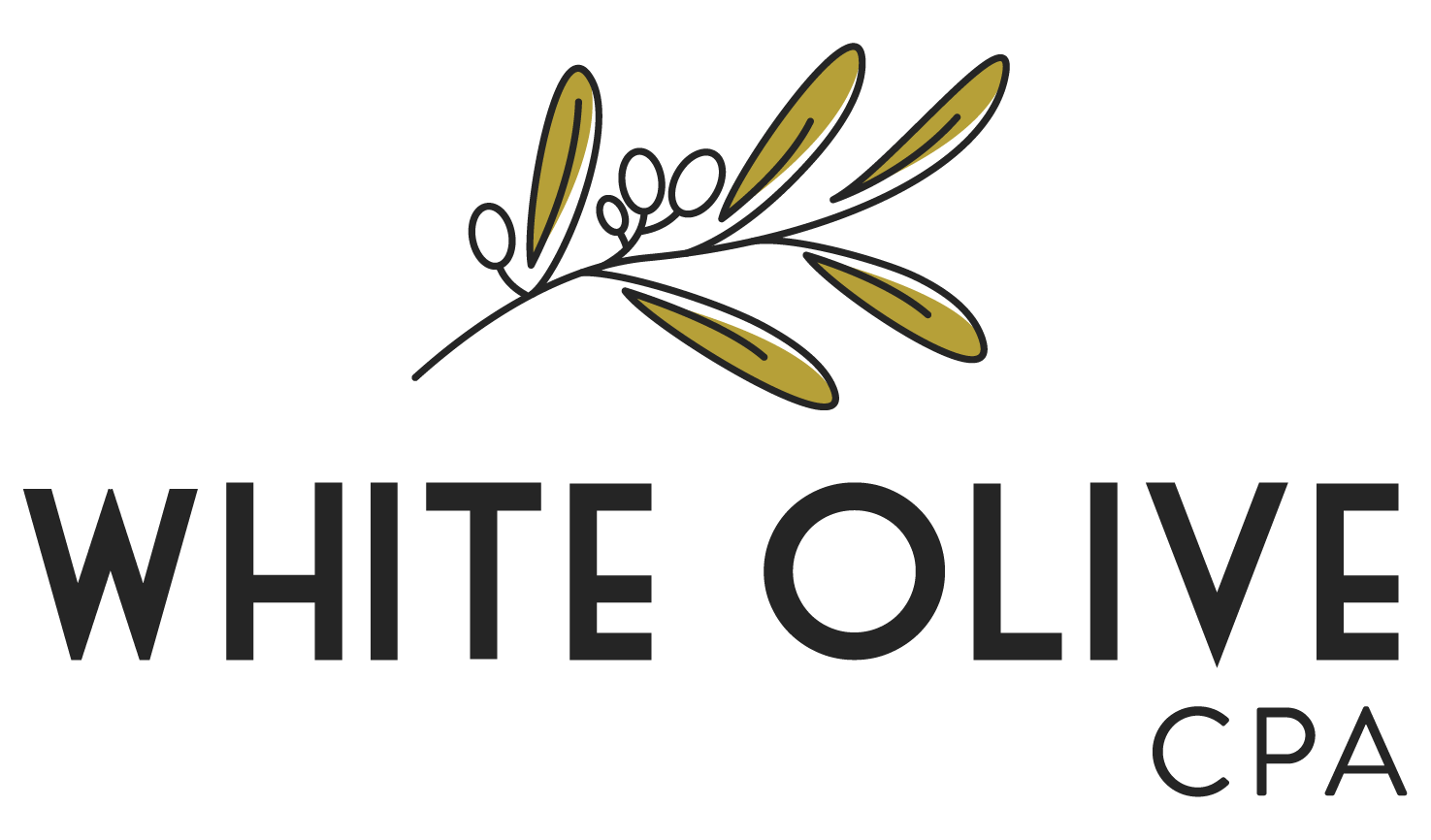7 Smart Strategies for Reducing Payroll Tax in Tennessee
June 26, 2025
Payroll taxes can significantly impact a business's budget, particularly as headcount increases and operations expand. Recurring expenses can add up quickly, leaving many employers seeking smart ways to trim costs without reducing salaries or staffing levels.
Fortunately, there are proven, IRS-compliant strategies for reducing payroll tax that can help businesses keep more of what they earn. Whether you're a small business owner or managing payroll for a growing organization, understanding how to reduce payroll taxes is essential to long-term financial health.
In this article, we'll walk through seven practical and legal strategies to lower your payroll tax burden so you can reduce costs while continuing to support your team.
1 - Hire Independent Contractors

Hiring independent contractors instead of full-time employees can be one of the more effective strategies for reducing payroll tax, but only if done correctly. Unlike employees, independent contractors manage their taxes, meaning you're not responsible for FICA, FUTA, or benefits like health insurance or retirement contributions. That alone can lead to significant savings.
However, misclassifying an employee as a contractor can trigger serious penalties from the IRS, including back taxes, fines, and even legal action. The distinction hinges on the extent of your authority over how, when, and where the work is performed.
The IRS worker classification typically falls into three main categories:
1. Behavioral Control: Does the business have the right to direct how and what tasks the worker performs?
2. Financial Control: Does the business manage financial details, such as how workers are paid, whether expenses are reimbursed, or who supplies tools and materials?
3. Type of Relationship: Are there written agreements or employee-like benefits (e.g., insurance, vacation pay, retirement plans)? Is the relationship ongoing, and is the work central to the company's operations?
When applied correctly, contractor arrangements can reduce your tax liability without sacrificing output or quality. Just be sure to tread carefully and document everything. If you're unsure how to classify your employees,
hiring a CPA can help you categorize them correctly so you avoid unwanted penalties.
2 – Offer Tax-Advantaged Compensation like 401(k)s
Offering tax-advantaged compensation is another strategy to reduce payroll tax. Contributions to retirement plans like 401(k)s lower employees' taxable income and reduce the payroll taxes you owe as an employer. It's a win-win.
Beyond the savings, these benefits make your business more attractive to current and prospective employees. So, when you're evaluating how to reduce payroll taxes, tax-advantaged compensation should be near the top of your list.
3 – Offer Pre-Tax Benefits Like HSAs and FSAs
Reduce your payroll tax burden is by offering Health Savings Accounts (HSAs) and Flexible Spending Accounts (FSAs). These accounts allow employees to set aside pre-tax dollars for qualified medical or dependent care expenses. For employers, that translates to lower taxable payroll.
HSAs offer a compelling advantage: triple tax savings. Contributions are tax-deductible, funds grow tax-free, and qualified withdrawals aren't taxed. In 2025, employees can contribute up to $4,300 for self-only coverage or $8,550 for family coverage. Those 55 or older can also make an additional $1,000 catch-up contribution.
For employers, HSAs and FSAs are a practical solution for how to reduce payroll taxes. These pre-tax contributions lower employees' taxable income, which means you owe less. For every $1,000 an employee contributes to one of these accounts, your business could save about $76.50 in payroll taxes. Multiply that by multiple employees, and the savings add up quickly.
4 – Implement a Section 125 Cafeteria Plan

A Section 125 plan (also known as a cafeteria plan) is another smart, IRS-approved strategy for reducing payroll tax liabilities. These plans allow employees to pay for certain benefits with pre-tax dollars, including health insurance premiums, dependent care, and qualified commuting costs. The result is lower taxable income for employees and reduced payroll tax obligations for employers.
Here's how it works: let's say an employee earns $50,000 and pays $2,000 toward health insurance through a Section 125 plan. Their taxable income drops to $48,000. That means you, the employer, aren't on the hook for payroll taxes on that $2,000.
It's a simple but powerful approach. Employees get more value from their take-home pay, and you gain a reliable, legal method to reduce your tax burden.
5 - Restructure Salaries
Restructuring salaries may take a bit more planning, but it's one of the more strategic and flexible ways to reduce payroll taxes. Instead of offering bonuses, which are fully subject to payroll tax, consider how a raise or other tax-advantaged alternatives could create savings.
For example, if an employee earns $60,000 and receives a $10,000 bonus, the full $70,000 is taxable. But if that $10,000 is reallocated as a raise paired with pre-tax benefit contributions, the employer may be able to reduce payroll tax liability on part of that amount.
When evaluating strategies to reduce payroll tax, restructuring compensation is a powerful way to offer meaningful benefits that support recruitment, retention, and long-term employee well-being while retaining more of what you earn and opening opportunities
to improve your business's cash flow.
6 - Take Advantage of Tax Credits
If you're looking for how to reduce payroll taxes without overhauling your entire compensation strategy, tax credits are a great place to start. The Work Opportunity Tax Credit (WOTC) rewards businesses for hiring individuals from specific target groups, including veterans, former felons, long-term unemployed individuals, and those receiving government assistance. Depending on the employee and hours worked, you could earn a credit of up to $9,600 per qualifying hire.
The Employee Retention Credit (ERC), while limited to specific pandemic-related timeframes, offered substantial savings for eligible employers: up to $7,000 per employee per quarter. If your business qualifies retroactively, you may still be able to claim it.
Unlike deductions, these credits reduce your tax liability dollar-for-dollar. That's real money back in your pocket. Just make sure you're filing accurately.
Working with a commercial CPA can help you maximize your eligibility and ensure compliance at every step.
7 – Partner with a CPA to Strengthen Payroll Compliance and Reduce Tax Risk
If you want to reduce payroll taxes, you need expert oversight to certify workers are correctly classified, withholdings are accurate, and records are audit-ready.
Even minor errors (like using the wrong tax rate or misclassifying a contractor) can lead to severe IRS penalties. That's why working with a CPA is so important. A trusted advisor can interpret changing tax laws, identify potential issues early, and guide you through quarterly filings, audits, and deductions with confident expertise. Regular payroll audits, guided by a professional, can protect your business from costly surprises and keep you one step ahead of regulatory changes
While software can streamline certain
income and expense tracking tasks, it doesn't replace the strategic insight or personalized compliance support a CPA provides.
Choose White Olive CPA to Help You Lower Your Payroll Tax
Finding the right commercial CPA takes time and effort, but it's essential to your business's long-term financial health (especially when you're looking for expert guidance on how to reduce payroll taxes). Our experienced team of CPAs offers personalized, strategic support tailored to your unique needs, including proven strategies for reducing payroll tax obligations.
Schedule a discovery call with us today to learn how we can help you save money, stay compliant, and achieve your financial goals.

